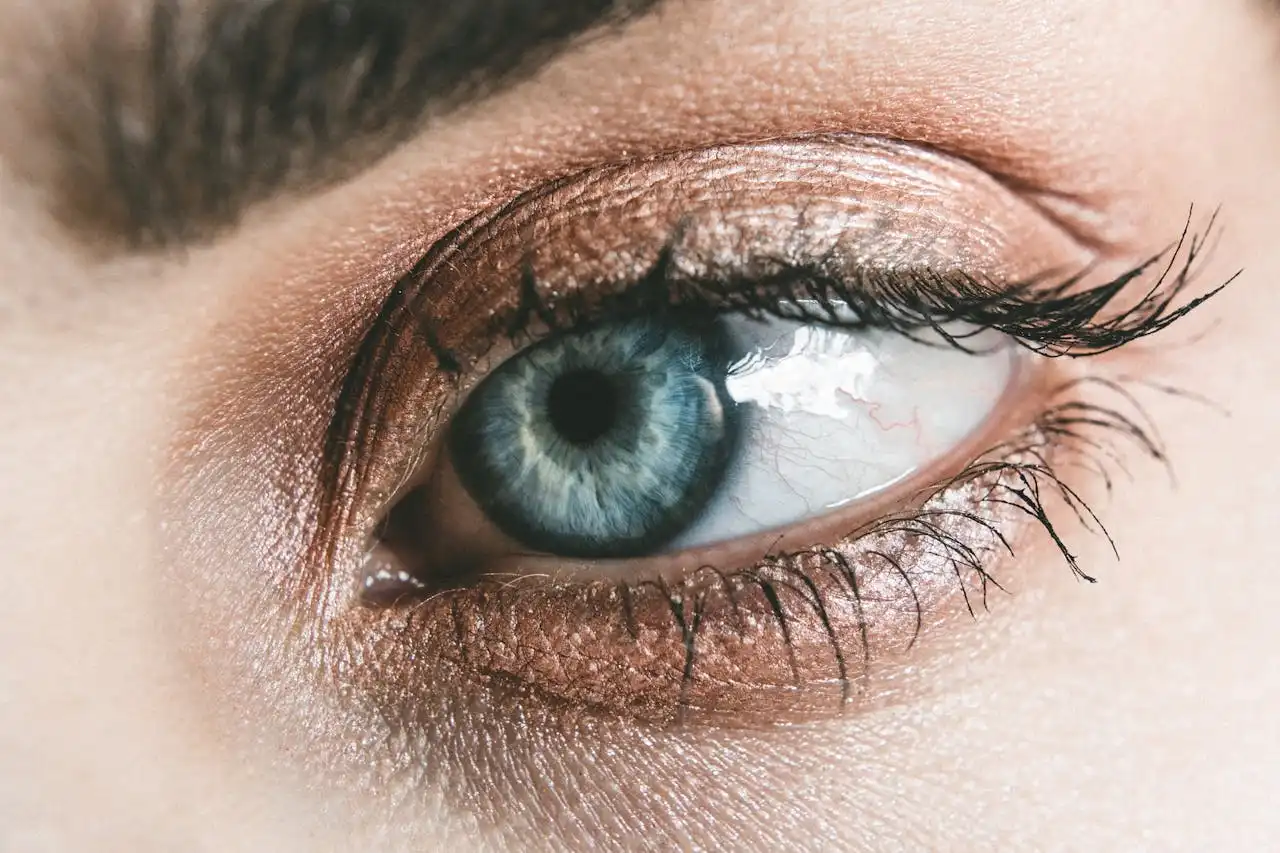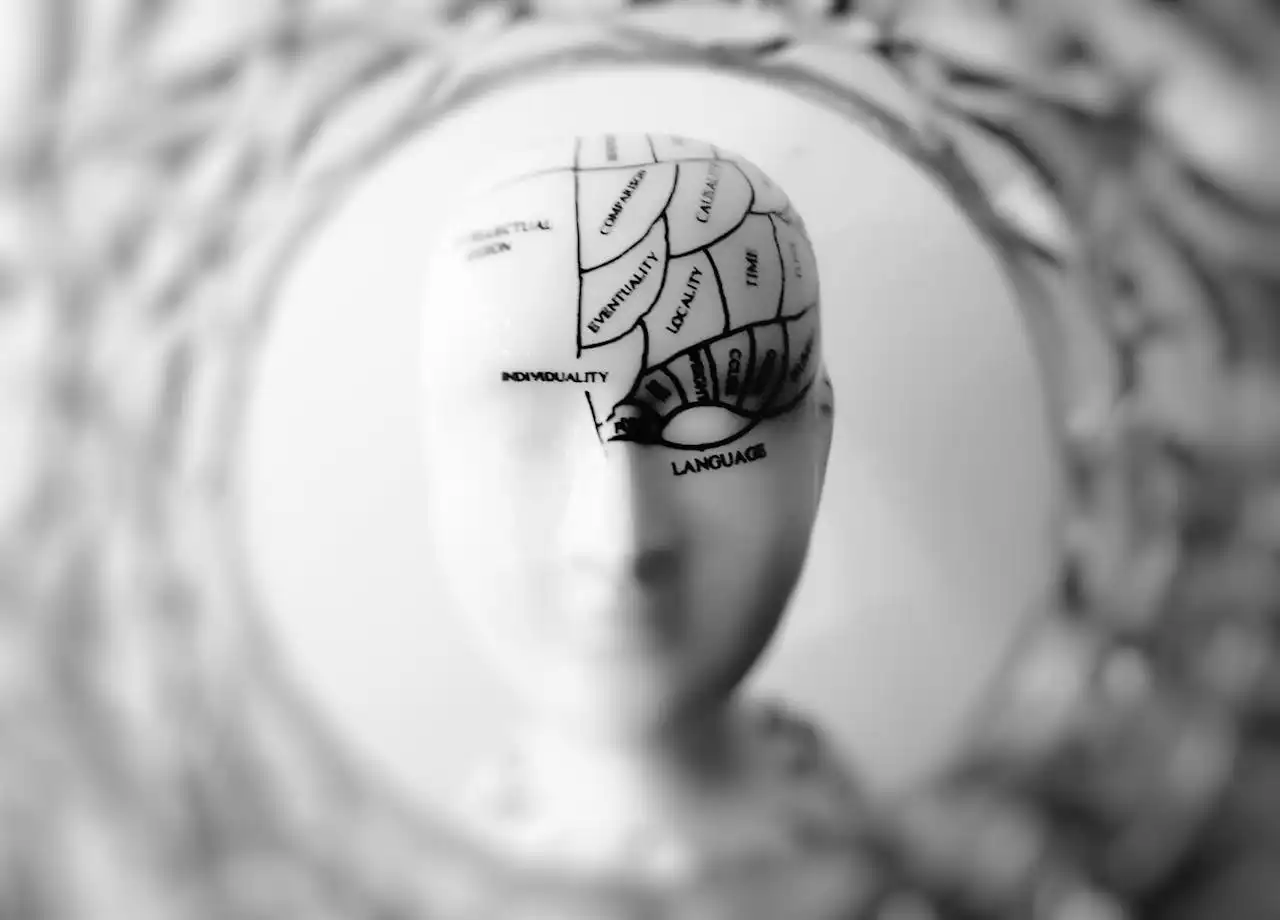Beware of Common Eye Diseases: Recognizing the Symptoms and When to See a Doctor
Muhe - Tuesday, 29 July 2025 | 08:00 PM (WIB)


Conjunctivitis (Pink Eye): More Than Just a Bad Day
Ever woken up with an eye that looks like it's been through a wrestling match, all red and gunky? Chances are, you've met Conjunctivitis, more commonly known as Pink Eye. It's an inflammation of the conjunctiva, the clear membrane that covers the white part of your eye and the inside of your eyelids. It can be caused by viruses, bacteria, or even allergies.- Key Symptoms: Redness, itchiness, a gritty feeling like sand is in your eye, discharge (watery, thick, or yellowish-green), crusting around the eyelids (especially in the morning), and light sensitivity.
- When to See a Doctor: While some mild cases, especially viral ones, might clear up on their own, it's always wise to get it checked. If the redness or discharge is severe, if you have significant pain, vision changes, or if it doesn't improve after a day or two, definitely call your doctor. Bacterial conjunctivitis often needs antibiotic eye drops, and if left untreated, it can spread or lead to more serious issues. Plus, it's super contagious, so knowing what you're dealing with helps protect others.
Dry Eye Syndrome: A Constant Nag
In our screen-centric world, Dry Eye Syndrome has become a pretty common complaint. It happens when your eyes don't produce enough quality tears to keep them adequately lubricated, or when your tears evaporate too quickly. Think of it like a car running low on oil – things start to grind.- Key Symptoms: A persistent gritty or burning sensation, a feeling like something is in your eye, redness, blurred vision (especially after prolonged reading or screen time), and paradoxically, excessive watering (your eyes trying to compensate for the dryness).
- When to See a Doctor: If over-the-counter lubricating eye drops aren't giving you relief, or if your symptoms are significantly impacting your daily life, it's time for a visit. Your eye doctor can assess the cause and recommend specific treatments, which might range from prescription eye drops to procedures that help your eyes retain tears. Don't just suffer through it; there's help available.
Glaucoma: The Silent Thief of Sight
This one is a bit of a sneaky villain, earning its nickname as the "silent thief of sight." Glaucoma often has no early symptoms, meaning it can quietly steal your vision, usually starting with peripheral (side) vision, before you even realize anything is wrong. It typically results from damage to the optic nerve, often due to high pressure inside the eye.- Key Symptoms: Most commonly, *none* in the early stages. This is why regular eye exams are crucial. In later stages, you might notice patchy blind spots in your peripheral or central vision, or tunnel vision. Acute angle-closure glaucoma, a less common but severe form, can cause sudden eye pain, headache, nausea, halos around lights, and blurred vision – this is a medical emergency!
- When to See a Doctor: The best defense against glaucoma is proactive screening. If you're over 40, have a family history of glaucoma, or have certain medical conditions like diabetes or high blood pressure, regular comprehensive eye exams (including eye pressure checks) are non-negotiable. If you experience any of the acute angle-closure symptoms, head to the ER immediately.
Cataracts: Clouding Your View
A cataract is basically a cloudy area in the lens of your eye, which is normally clear. It's a bit like looking through a foggy window. While they can develop at any age, cataracts are most common in older adults, often as a natural part of aging.- Key Symptoms: Blurred or cloudy vision (like looking through frosted glass), difficulty seeing at night, sensitivity to light and glare (headlights can be blinding), seeing "halos" around lights, frequent changes in eyeglass prescription, and fading or yellowing of colors.
- When to See a Doctor: If you notice any of these symptoms, especially if they're progressing and making daily activities difficult, it's time to see an ophthalmologist. Cataracts don't go away on their own, but surgery to remove them is very common, safe, and highly effective at restoring vision. It's not something to fear; it's a routine procedure that can dramatically improve your quality of life.
Diabetic Retinopathy: A Hidden Threat for Diabetics
For anyone living with diabetes, this is a big one to be aware of. Diabetic Retinopathy is a complication of diabetes that affects the blood vessels in the retina, the light-sensitive tissue at the back of the eye. Over time, high blood sugar levels can damage these tiny vessels, causing them to leak fluid or bleed, or new, abnormal blood vessels to grow.- Key Symptoms: Often, there are no symptoms in the early stages. As it progresses, you might notice blurred vision, fluctuating vision, floaters (spots or strings drifting in your vision), dark or empty areas in your vision, or even sudden vision loss.
- When to See a Doctor: If you have diabetes, regular comprehensive dilated eye exams are absolutely essential, even if your vision seems perfectly fine. The American Diabetes Association recommends annual exams for most people with diabetes. Early detection and treatment can prevent severe vision loss. Don't wait for symptoms; by then, significant damage might have occurred.
Age-Related Macular Degeneration (AMD): Losing the Central Focus
AMD is a common cause of vision loss among people aged 50 and older. It damages the macula, the central part of the retina responsible for sharp, detailed vision needed for tasks like reading and recognizing faces. It essentially steals your central vision, leaving your peripheral vision intact.- Key Symptoms: Blurred central vision, distorted vision (straight lines appearing wavy or bent), difficulty seeing in low light, and a blurred or dark spot in the center of your vision.
- When to See a Doctor: If you notice any changes in your central vision, especially if you're over 50, schedule an eye exam promptly. While there's no cure for AMD, early diagnosis and treatment (especially for the "wet" form of AMD) can often slow its progression and preserve more of your vision. Regular check-ups are key, especially if you have a family history or are a smoker (a major risk factor).
General "When to See a Doctor" Red Flags
Beyond specific diseases, there are some universal red flags that should send you straight to an eye care professional, pronto. These aren't things to "wait and see" about:- Sudden Vision Loss: Any sudden, significant decrease in vision, in one or both eyes, is an emergency.
- Sudden Pain: Sharp, sudden eye pain, especially if accompanied by redness or headache.
- Flashes and Floaters: A sudden onset of new flashes of light or an increase in the number of floaters (those little specks or strands that drift across your vision). While common, a sudden surge can indicate a retinal tear or detachment, which is serious.
- Double Vision: Seeing two of everything can be a sign of various underlying issues.
- Discharge or Tearing: Excessive, persistent, or unusual discharge or tearing that doesn't resolve quickly.
- Changes in Peripheral Vision: Any new blind spots or changes in your side vision.
Taking Care of Your Precious Peepers
So, what's the takeaway here? It's simple: don't sleep on your eye health! Our eyes are too important to neglect. Here are a few final tips:- Regular Eye Exams: This is probably the most important thing you can do. Many serious eye diseases have no early symptoms but can be detected by an ophthalmologist or optometrist.
- Healthy Lifestyle: A balanced diet rich in leafy greens, fish, and colorful fruits and veggies (think lutein and zeaxanthin!), staying hydrated, regular exercise, and not smoking can all contribute to better eye health.
- Protect Your Eyes: Wear sunglasses that block 99-100% of UV rays whenever you're outdoors. Use safety glasses or goggles when doing activities that could cause eye injury (DIY projects, sports, etc.).
- Give Them a Break: If you spend hours staring at screens, follow the 20-20-20 rule: every 20 minutes, look at something 20 feet away for at least 20 seconds. Blink often!

How to Relax Your Mind During the Weekend
2 months ago

ChatGPT's Compassionate Turn: How AI Is Learning to Handle Mental Health Crises Better
2 months ago

Coffee vs. Tea: The Morning Brew Showdown That's More Than Just a Cuppa
2 months ago

Cracking the Code: Your Guide to Taming Those Beastly Migraines
2 months ago

Fuel Your Supercomputer: Five Foods That Will Level Up Your Brainpower
2 months ago

Unlocking Your Inner Shield: Five Veggies That Are Basically Superheroes for Your Immune System
2 months ago

Your Secret Weapon for Weight Loss? It's As Simple As Putting One Foot in Front of the Other
2 months ago

Forever Young: The Secret to a Glowing, Timeless Life
2 months ago

Your Gut Feeling is Right: How to Feed Your Inner Universe for a Happier, Healthier You
2 months ago

Navigating Your Daily Grind: When Does Your Coffee Habit Cross the Line?
2 months ago
